ASML Stock: Balancing Risk and Reward Amid Cyclicality
Good day, fellow investors! ASML Holding (ASML) has faced a challenging stretch in recent months, with the stock down 42% over the last 10 months. Tariff concerns and market uncertainty have weighed heavily on its price. However, for value investors, short-term fluctuations can often unveil opportunities to buy high-quality businesses at discounted prices. ASML’s stable earnings and long-term growth potential make it worth analyzing closely. Let’s dive into its business model, recent performance, and intrinsic valuation.
Short-Term Uncertainty vs Long-Term Strength
While tariffs and geopolitical factors create short-term volatility, ASML's core business model remains robust. The semiconductor industry—driven by AI adoption across expanding applications—is expected to generate over $1 trillion in revenue by 2030. For ASML, long-term durability, competitive advantages, and profitability outweigh the current uncertainty. These factors underscore why the stock’s recent decline presents potential value opportunities.
Earnings Overview
ASML reported stable revenue of €7.7 billion, with profitability and margins in line with expectations. Despite Wall Street’s disappointment over lower net bookings, ASML’s growth outlook for 2025 and 2026 remains optimistic. Annual revenue is projected to range between €44 billion and €60 billion, with gross margins increasing to 56-60%.
Earnings per share for 2023 are estimated at €20, alongside a dividend payout ratio of 30%. ASML is also returning cash to shareholders through buybacks, amounting to €2.7 billion annually. This equates to a buyback yield of 4.4%.
Growth Scenarios
ASML has outlined three potential growth scenarios for the next five years:
- Exuberant Scenario: Doubling revenue with approximately 14% annual growth, excluding buyback impact.
- Mid Scenario: 75% revenue growth, resulting in earnings per share of €35 by 2030.
- Worst Case Scenario: 50% revenue growth, leading to slower earnings per share growth and reduced valuation.
Conservative estimates suggest an intrinsic value of €395 per share for a mid-case scenario with a 10% annual return. Under the best-case scenario, intrinsic value could reach €1,500 due to cyclical peaks driven by semiconductor industry exuberance. However, investors should also prepare for potential declines to €275 in a worst-case scenario.
Cyclical Nature of Semiconductors
The semiconductor sector is inherently cyclical, driven by fluctuating sentiment. As adoption of AI and advanced technologies expands, periods of exuberance are likely to push valuations higher. While volatility is inevitable, ASML’s strong fundamentals position it as a key player poised to benefit from these long-term trends.
Conclusion: Managing Risk and Reward
ASML offers a compelling blend of long-term growth potential and shareholder returns, supported by the semiconductor industry’s expansion. While market uncertainty and cyclicality introduce risks, the business’s durability and competitive edge make it an interesting prospect for value investors. Accepting the volatility, ASML looks poised for significant returns in the future.
Are you considering ASML for your portfolio? Share your thoughts in the comments below!
https://youtu.be/tCKEs68u2bc?si=5xWF9D2XxKMmg7L5
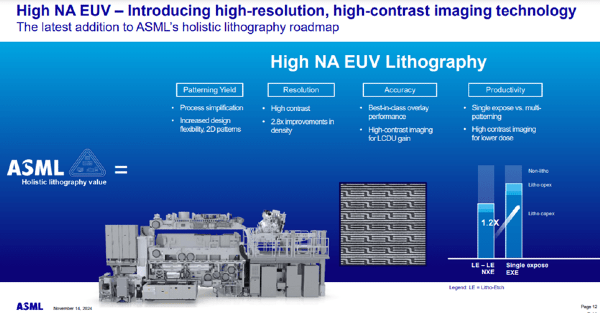

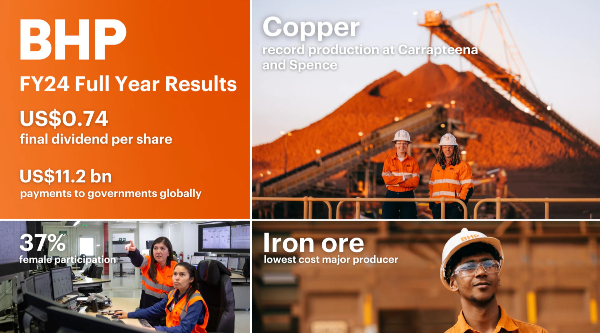
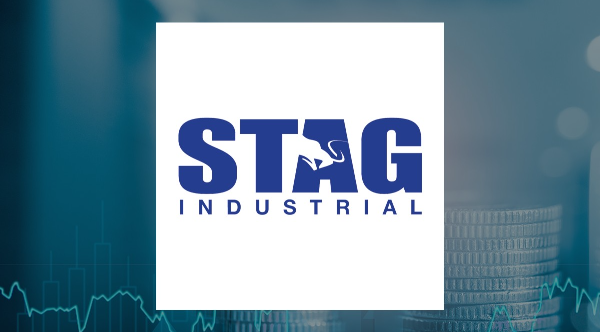


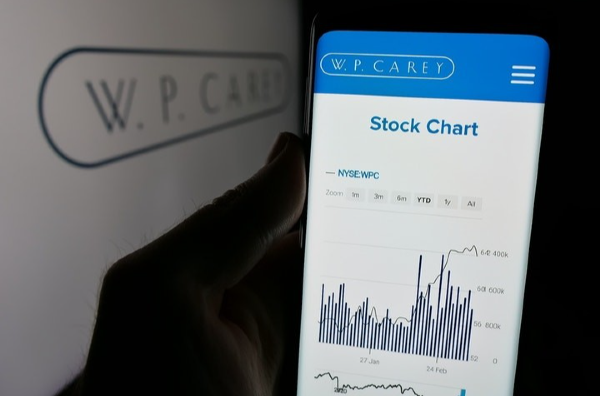

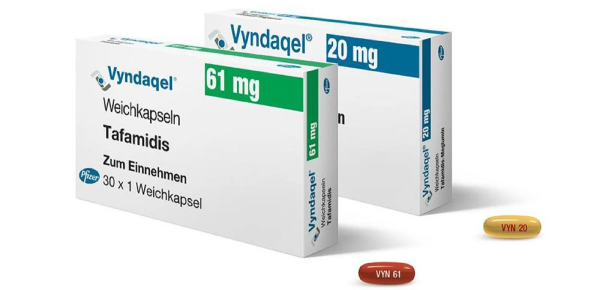








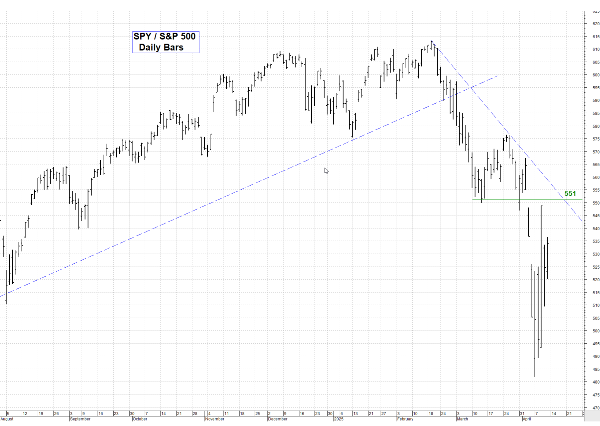












ASML Stock: Balancing Risk and Reward Amid Cyclicality
Good day, fellow investors! ASML Holding (ASML) has faced a challenging stretch in recent months, with the stock down 42% over the last 10 months. Tariff concerns and market uncertainty have weighed heavily on its price. However, for value investors, short-term fluctuations can often unveil opportunities to buy high-quality businesses at discounted prices. ASML’s stable earnings and long-term growth potential make it worth analyzing closely. Let’s dive into its business model, recent performance, and intrinsic valuation.
Short-Term Uncertainty vs Long-Term Strength
While tariffs and geopolitical factors create short-term volatility, ASML's core business model remains robust. The semiconductor industry—driven by AI adoption across expanding applications—is expected to generate over $1 trillion in revenue by 2030. For ASML, long-term durability, competitive advantages, and profitability outweigh the current uncertainty. These factors underscore why the stock’s recent decline presents potential value opportunities.
Earnings Overview
ASML reported stable revenue of €7.7 billion, with profitability and margins in line with expectations. Despite Wall Street’s disappointment over lower net bookings, ASML’s growth outlook for 2025 and 2026 remains optimistic. Annual revenue is projected to range between €44 billion and €60 billion, with gross margins increasing to 56-60%.
Earnings per share for 2023 are estimated at €20, alongside a dividend payout ratio of 30%. ASML is also returning cash to shareholders through buybacks, amounting to €2.7 billion annually. This equates to a buyback yield of 4.4%.
Growth Scenarios
ASML has outlined three potential growth scenarios for the next five years:
Conservative estimates suggest an intrinsic value of €395 per share for a mid-case scenario with a 10% annual return. Under the best-case scenario, intrinsic value could reach €1,500 due to cyclical peaks driven by semiconductor industry exuberance. However, investors should also prepare for potential declines to €275 in a worst-case scenario.
Cyclical Nature of Semiconductors
The semiconductor sector is inherently cyclical, driven by fluctuating sentiment. As adoption of AI and advanced technologies expands, periods of exuberance are likely to push valuations higher. While volatility is inevitable, ASML’s strong fundamentals position it as a key player poised to benefit from these long-term trends.
Conclusion: Managing Risk and Reward
ASML offers a compelling blend of long-term growth potential and shareholder returns, supported by the semiconductor industry’s expansion. While market uncertainty and cyclicality introduce risks, the business’s durability and competitive edge make it an interesting prospect for value investors. Accepting the volatility, ASML looks poised for significant returns in the future.
Are you considering ASML for your portfolio? Share your thoughts in the comments below!
https://youtu.be/tCKEs68u2bc?si=5xWF9D2XxKMmg7L5